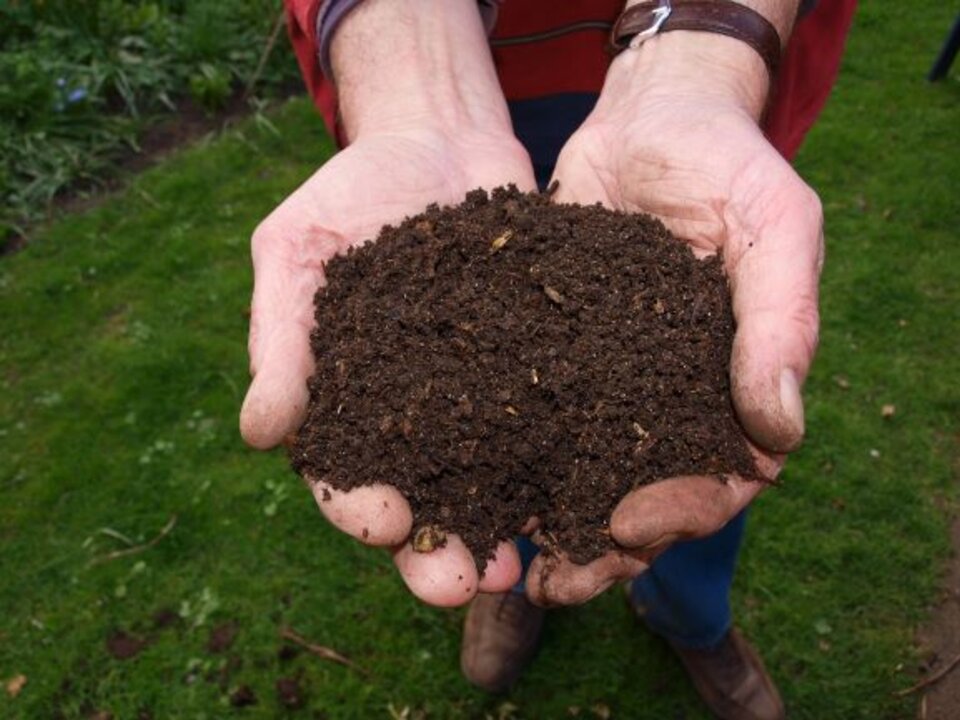Improving Soil Structure for Increased Infiltration and Water Holding Capacity

Plant roots grow in soil pore spaces. Pore spaces are also where oxygen is found. Just as plant roots cannot grow without water, they cannot grow without oxygen. Soil pore space is important to plant growth and efficient water use.
Soils with good structure have adequate pore space making them well drained while still having good water and nutrient holding capacity. Ideal soils have 50 percent soil particles and 50 percent pore space. An important aspect of good soil structure is soil aggregation.
Soil aggregates are groups of mineral particles (sand, silt, and clay) bound together by beneficial fungi, earthworm secretions, soil glues and more. These larger clusters of soil particles create larger pore spaces around and between themselves. Larger pore spaces means easier oxygen penetration and water infiltration into the soil.
How well soil aggregates are formed and maintained is highly dependent on organic matter and biological activity in soil.
What Harms Your Soil Structure
Soil aggregates and the soil’s overall structure are harmed by compaction, excessive tillage, low organic matter, erosion and salt build-up in soil.
Compaction occurs when mineral particles are squeezed together, resulting in few large macropores and numerous tiny micropores. Compaction hinders root growth and reduces the rate of water infiltration and drainage.
This is because water more effectively moves downward through large pore spaces than smaller ones. Water is also more likely to run off of hard, compacted soil than soak in; increasing wasteful run-off and the potential for nonpoint source pollution.
How to Spot Compacted Soils
When soil has poor drainage and water moves through it slowly, it remains saturated longer following a heavy rain decreasing available oxygen. A saturated soil is also less likely to accept new water and the potential for run-off increases further.
Some signs of soil compaction include water ponding, worn paths from foot or vehicle traffic, excessive runoff during rainfall, plants under stress such as stunted growth, discolored leaves and drought stress. Dense soil that is difficult to dig indicates compaction.
Reducing Soil Compaction
To reduce soil compaction, do not work soil when it’s too moist. Avoid traffic, by foot or equipment, on wet soils such as mowing lawns when the soil is wet. When working in planting beds, lay down temporary wooden planks or use a layer of mulch.
Heavily compacted soils may need tillage to relieve compaction. On lawns, core aeration that removes plugs a few inches deep will help. Adding organic matter to soil on a regular basis to maintain five percent organic matter level is important to soil structure.
Fall is a good time to incorporate organic matter. Sources include plant debris like grass clippings, tree leaves and wood chips, well-rotted manure, composted yard waste, peat moss, and green manures (plants planted in fall and tilled under in spring).
To apply compost to a landscape bed, spread a one to three inch layer over the garden and spade or till it in six to eight inches deep. Know that excessive tilling damages soil structure. If used once a year to roughly incorporate plant debris or compost, this is fine.
This article was reviewed by Sarah Browning